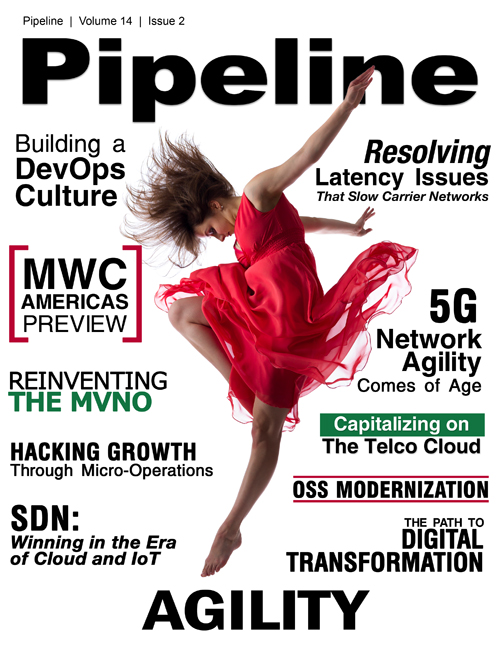Capitalizing on Telco Cloud in the Era of Digital Transformation
Whether time to market, agility, CX, or other objectives, it is becoming increasingly important for CSPs to consider not only the strength of their cloud platforms, but the breadth of the
ecosystem so that it becomes possible to leverage vertical industry expertise for more comprehensive and compelling cloud offerings.
Multitenancy
As CSPs build content delivery that is truly multicloud and multiservice in nature, service providers have to consider multitenancy and understand the differences between the tenant and platform —the platform (PaaS, IaaS, bare metal) managing its own resources and OSS responsibilities, and the tenant (an application hosted on the platform) following software architecture best practices to optimize operations. IT workloads, digital services and 5G evolved packet core (EPC) virtual network functions (VNFs) are examples of tenants.
CSPs will want to maintain a distinct separation between the tenant, such as the VNF or service orchestration layer, and the platform resource management and orchestration layer. The VNF software must be truly cloud aware and portable across cloud platforms. In their forays into cloud, CSPs should first look at network functions that are most easily rearchitected to be cloud aware. Then, they can run optimally as SaaS on a multitenant "commodity cloud,” with the more difficult, low-latency control plane VNFs addressed in a second or third wave.
Location and Footprint
While location may not seem incredibly relevant to cloud offerings, the ability to leverage data centers anywhere in the world with hybrid capabilities is essential, particularly when operating in places where regulations dictate that data reside in-country, not to mention the critical importance of privacy, compliance and transparency. Location also has a significant impact on latency, making datacenter proximity another key consideration.
“If you consider Azure’s got the largest regional DC footprint, with 40 regions — more than AWS and Google combined — it is easy to see why it's important to CSPs that want data and apps in-region,” said Lievano.
He noted that with the recent release of Azure Stack, an Azure Cloud can be collocated in any CSP datacenter in any part of the world, extending Azure’s reach beyond its 40 regions and into Timbuktu.
Sovereign Cloud
For extremely sensitive data, it is important that cloud provide service providers the option for “sovereign clouds,” which would ensure workloads and underlying data are managed by data trustees. Trustee access is secured through sophisticated key systems, as Microsoft does with Microsoft Cloud Germany, a sovereign cloud operated by a German data trustee. Another examples is the Microsoft Azure Government cloud, a sovereign cloud exclusive to the U.S. government. These are examples of clouds that are managed independent of the service provider for regulatory reasons, yet they still provide localization for regional cloud applications.
Security and privacy
Bullet-proof security is a mission-critical mandate in cloud environments due to the evolving and increasing threat landscape.



















